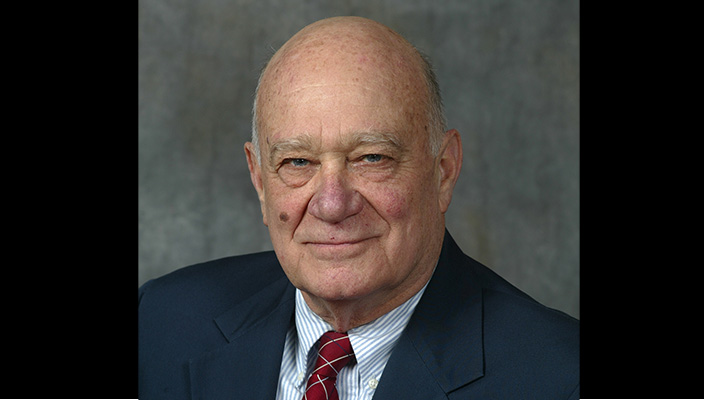Fraternities: Part I
Becoming a brother in a college fraternity has long been considered a path to friendship bonding that could last a lifetime. Now in the time of the Covid-19 pandemic, how much has changed?
Recently, The New York Times has featured several front page stories with disparaging views of college frats. To what extent have the negatives of those associations outweighed the positives – in the past and the present?
I offer some comments from the perspective of a person who joined a major, national fraternity at the age of 17 and who has observed them as a college teacher since 1957.
A key aspect of fraternity appeal has not been deeply appreciated by the teenagers who join them. How many young males are attuned to their sense of identity? As the recently deceased Gail Sheehy emphasized in “Passages” – this is “a process of becoming, not a fixed state of being.”
Of course, we all begin to develop a sense of self from family, school and communities, but as Sheehy emphasized, late adolescent years can be trying times as one moves toward “the predictable crises of adult lives.”
Most young males (females, too?) not surprisingly, are unmindful of Socrates’ injunction that “the unexamined life is not worth living.” In my college courses on family history, more than a few male students have remarked, “The examined life is not so hot either.”
So during one of life’s major transitions, young men leave home and take residence in a frat house, where they extend the shaping of their values, their sense of selves and how they relate to others.
Major features of recent criticisms of fraternities have also been evident in the past: racial and social discrimination, excessive drinking and partying, and sexist conduct. As a freshman fraternity pledge I still vividly recall a time when we and the brothers, seated at three long tables in our high ceiling dining room, watched as two upperclass men had a drinking contest (probably more severe because it followed eating a full meal).
Standing behind a small table, Joe and Gus, each with a full bottle of tequila in front of him filled a shot glass with the liquor. Then with a mutual toast, they downed the shot with one gulp.
They continued that process as the brothers gave cheers to one or the other. I don’t remember how many shots of tequila they downed, but this I do vividly recall: the goal was to see which brother would collapse first and fall to the floor.
As a person who was only a moderate drinker (after all, my immigrant family not only made its own wine, but also had a still to produce hard liquor), I had a sense of the danger in this competition. But, like others, I remained a bystander (though not a cheerleader). No one sought to intervene to halt the “game.”
Both brothers began to get wobbly and their voices slurred as they downed more shots to the rising tide of cheering. After a relatively short time, with both brothers wobbling, Gus collapsed and fell to the floor.
He and Joe could have died. Now, we have seen that young frat men have been dying from excessive drinking, sometimes a part of “Hell Week” rituals. Where are the interveners among the brothers? Where were they during my years at the college frat?
When I entered college in 1953, drinking was legal for 18-year-olds. My major national fraternity chapter, like others, had a tradition of always having a keg of beer tapped-in, located in our basement party space.
Because the beer was available and most of us had drinking experience before coming to college, boozing was demystified, and most brothers exercised restraint, drinking only on party weekends. However, I vividly recall more than a few members who drank every day, who became college alcoholics and who died early.
Where were the interveners for them then? Who intervenes now, not only about excess (and illegal) drinking, but about party gatherings that risk spreading the Covid-19 virus? Part of the criticism by The Times as well as actions by university officials reflect a lack of social responsibility by young men in approaches to virus protocols. More than a few fraternities have been suspended.
The pandemic has caused a range of distresses for people of all ages. The recent book, “Alone Together: Why We Expect More from Technology and Less from Each Other” (by Sherry Turkle) takes a 2020 approach to a continuing problem of achieving psychological and emotional well- being.
World Suicide Prevention Day this year (Sept. 10) sadly brings a reminder that in surveys more than 20 percent of college students say they have contemplated suicide.
In continuing a weighing of both negatives and positives of fraternities, my next column will focus on their role in addressing what Suzanne Gordon describes as “intimacy anorexia.”



